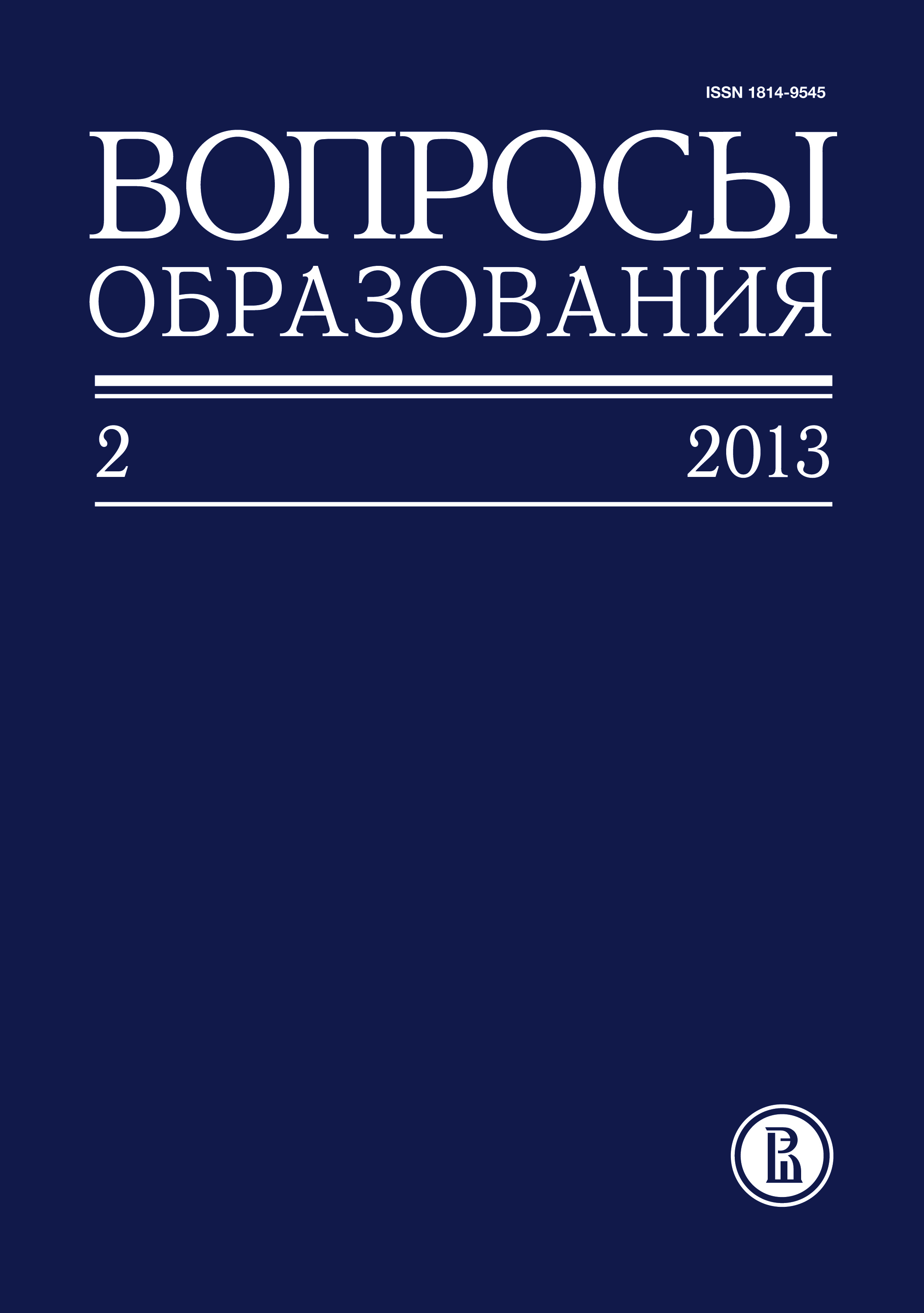Supplementary Education Institutions for Children (Data from Center for Statistics and Monitoring of Education)
Abstract
Based on the data obtained by the Center of Socioeconomic Development of Schools, National Research University — Higher School of Economics
Boris Kupriyanov, leading researcher at the Center of Socioeconomic Development of Schools, National Research University — Higher School of Economics, Moscow, Russian Federation. Email: boriskuprianoff2012@yandex.ru
Sergey Kosaretsky, Director of the Center of Socioeconomic Development of Schools, National Research University — Higher School of Economics, Moscow, Russian Federation. Email: skosaretski@hse.ru
Tatyana Mertsalova, leading researcher at the Center of Socioeconomic Development of Schools, National Research University — Higher School of Economics, Moscow, Russian Federation. Email: tmertsalova@hse.ru
Tatyana Semyonova, intern researcher at the Center of Socioeconomic Development of Schools, National Research University — Higher School of Economics, Moscow, Russian Federation. Email: tsemenova@hse.ru
The paper provides results of a survey conducted among leaders of supplementary education institutions for children (UDOD).
Analysis of availability of supplementary education services to various groups of children included investigation into the age composition of students and its change over time. Composition of students has also been described based on their geography and financing sources. The study has examined availability of UDOD programs to children with different learning capabilities and different social status.
The paper studies orientation and duration of programs implemented by UDODs, recruiting troubles, and personnel provision.
Analysis of composition of UDOD teachers included investigation into the age patterns, level of professional education, length of service, and salary level.
The study examines income and expense structure of UDOD institutions, existing and anticipated amounts of budgetary and extra-budgetary financing.
UDOD management techniques are discussed. The paper provides an assessment of UDOD financial stability and competitive performance by UDOD leaders and an overview of the leaders’ attitudes towards measures to modernize supplementary education discussed in the government and among experts.
The data obtained allows to give a clear understanding of how UDOD institutions operate in the context of social changes and education modernization, to describe the real situation and UDOD development trends, and to create an empirical basis for building an educational policy at national, regional, and local levels.









